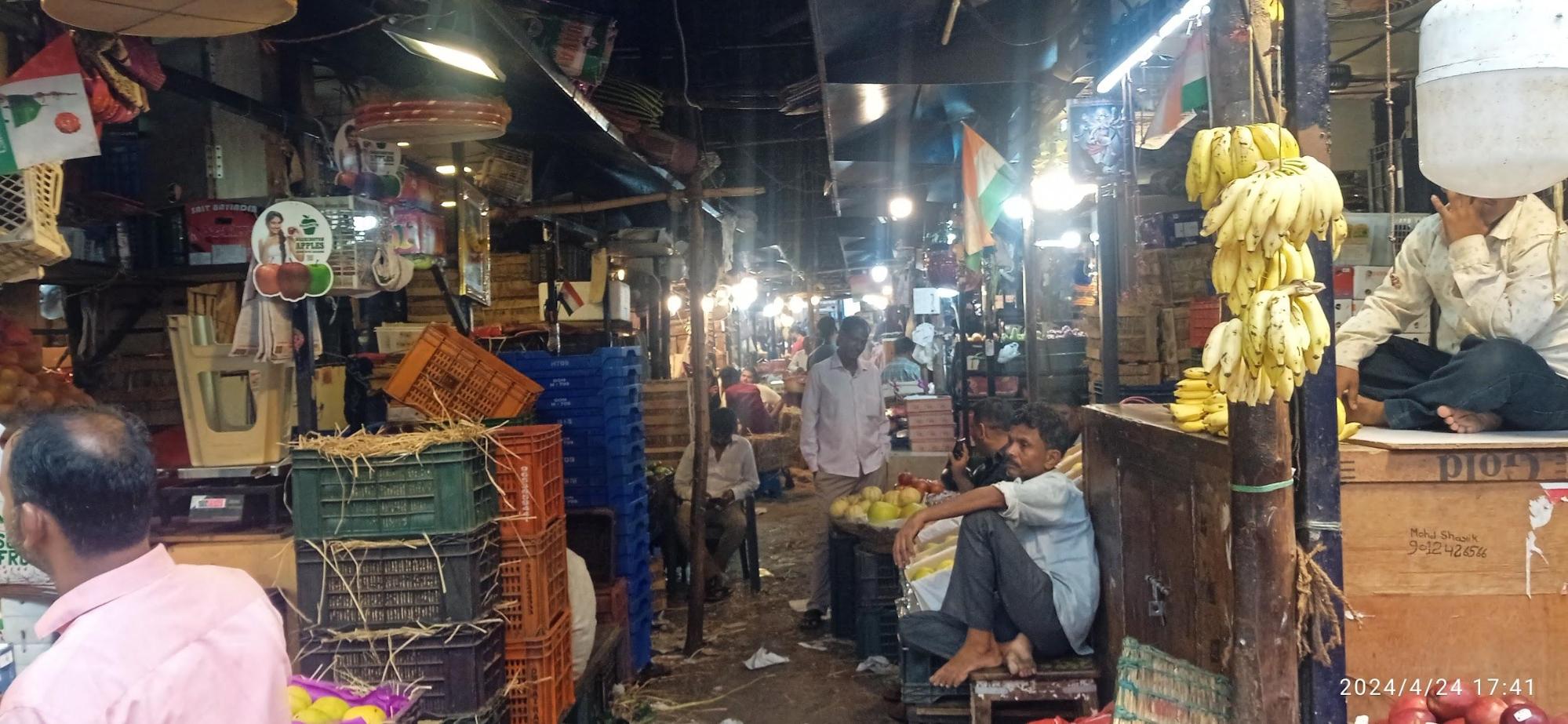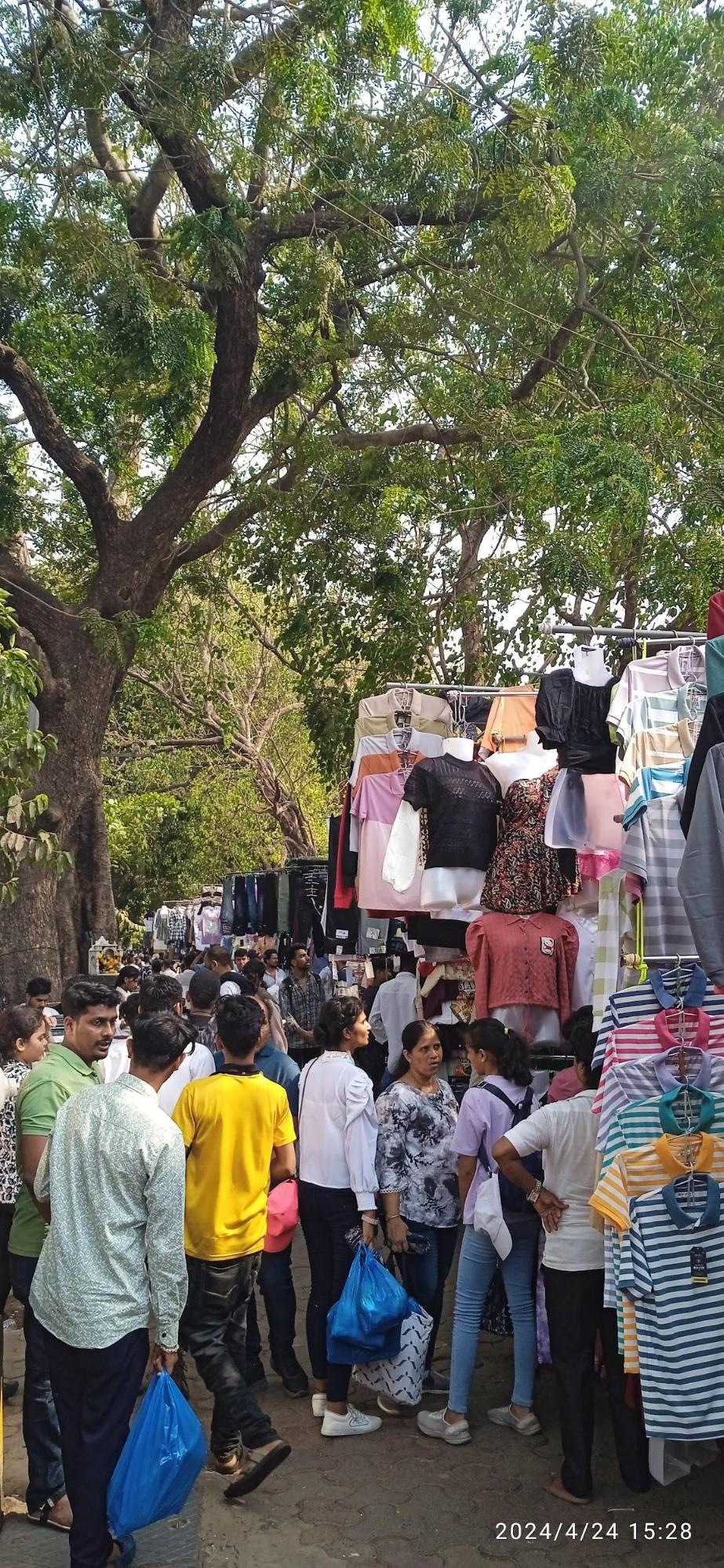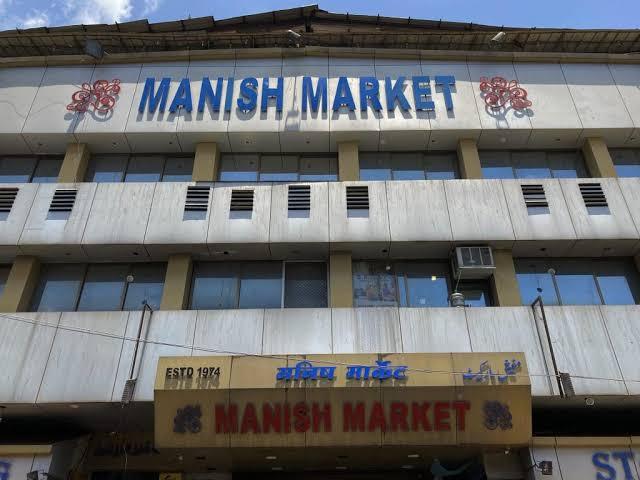Contents
- Bhendi Bazaar, Khetwadi
- Book Street, Fort
- Chor Bazaar, Grant Road
- Colaba Causeway, Colaba
- Crawford Market, Dhobi Talao
- Dadar Flower Market, Dadar Station
- Dadar Vegetable Market, Dadar station
- Fashion Street, Churchgate
- Lamington Road Electronic Market, Grant Road
- Lalbaug Market
- Mangaldas Market, Janjiker Street
- Manish Market, CSMT
- Sassoon Dock, Colaba
- Zaveri Bazaar, Kalbadevi
MUMBAI
Markets
Last updated on 4 November 2025. Help us improve the information on this page by clicking on suggest edits or writing to us.
Bhendi Bazaar, Khetwadi
Bhendi Bazaar has a history of over 150 to 200 years. During British rule, it was referred to as "Behind the Bazaar," which may have evolved into Bhendi Bazaar. Some believe the name comes from the cultivation of okra (bhendi) in the area.
Initially settled by the Khoja and Bohra communities, the market started as a wholesale center for rice and wheat. It later expanded to include clothing, food, and household goods.

Book Street, Fort
Book Street is a place where vendors sell new and second-hand books. It offers a mix of academic textbooks, novels, and rare publications. Vendors often help customers find specific books, and prices are lower than in regular bookstores.
Chor Bazaar, Grant Road
Chor Bazaar, which means "Thieves Market," has existed for over 150 years. It was originally called "Shor Bazaar" (Noisy Market), but the British mispronounced it as Chor Bazaar.
The market is known for antiques, Victorian furniture, Bollywood memorabilia, and vintage watches. Legend says that a violin stolen from Queen Victoria was found here. Vendors specialize in specific items, and collectors often visit to find rare goods. Negotiation is common.
Colaba Causeway, Colaba
Colaba Causeway, officially Shaheed Bhagat Singh Marg, was built in the early 19th century to connect Colaba and Little Colaba. It was once a trade route for coastal businesses.
Today, it’s known for clothes, jewellery, brassware, and souvenirs. Vendors set up temporary stalls daily, and bargaining is expected. Leather sandals sold near Regal Cinema are a specialty. The street is also lined with cafés and restaurants.
Crawford Market, Dhobi Talao
Crawford Market (now Mahatma Jyotiba Phule Mandai) was built in 1868 and named after Mumbai’s first Municipal Commissioner, Arthur Crawford. It has Flemish and Norman architectural elements and houses over 1,100 stalls.
The market sells fruits, vegetables, spices, dry fruits, home goods, and apparel. There’s also a section for pets and birds. Initially dominated by Parsi and Marathi traders, the market now includes vendors from across India.
Dadar Flower Market, Dadar Station
Dadar Flower Market (Phool Gully) is the largest wholesale flower market in Mumbai. Located near Dadar railway station, it opens at 4 a.m. and winds down by 9 a.m.
The market supplies flowers for religious ceremonies, weddings, and festivals. Common flowers include roses, marigolds, orchids, lilies, and jasmine.
Dadar Vegetable Market, Dadar station
Dadar Vegetable Market, also known as Kranti Singh Nana Patil Mandai, was established in 1964 after relocating from Bhuleshwar. It imports vegetables from Maharashtra and other states, distributing them to smaller traders across Mumbai.
Originally dominated by Marathi-speaking traders, the market is now run mostly by North Indian vendors. There are 51 stalls selling a wide variety of fresh produce.

Fashion Street, Churchgate
Fashion Street near Mahatma Gandhi Road has over 150 stalls selling clothes, shoes, and accessories. Vendors offer both original and imitation brands. The market is popular with students and budget shoppers. Prices are negotiable.

Lamington Road Electronic Market, Grant Road
Lamington Road is Mumbai’s largest electronics market, located in the Grant Road area. It offers a wide range of gadgets, including smartphones, laptops, home appliances, and audio-visual systems.
Many vendors also provide repair services and customized electronic components. Buyers often visit Lamington Road for competitive prices and product variety.
Lalbaug Market
Lalbaug Market specializes in spices, including masalas, dried herbs, and custom blends. Customers can have their spice mixtures freshly roasted and ground on-site. The market supplies ingredients to local households and restaurants.
Mangaldas Market, Janjiker Street
Mangaldas Market, established during British rule, is Mumbai’s largest textile market. It features over 100 stores spread across nine alleyways. The market originally sold cotton but now offers silk, linen, polyester, and ready-made clothing. Fashion designers and tailors often source high-quality fabrics here at wholesale prices.

Manish Market, CSMT
Manish Market near Chhatrapati Shivaji Terminus is known for affordable electronics, including second-hand and imported goods. Initially a hub for smuggled products, it now specializes in Chinese-made gadgets and accessories.

Sassoon Dock, Colaba
Sassoon Dock, established in 1875, is Mumbai’s largest fish market. Around 1,500 boats dock daily, bringing in 20 tonnes of fish. Chefs and homemakers alike visit the market for fresh seafood.
The market has faced challenges from rising fish prices and marine pollution. Despite this, it remains a key source of seafood for the city.

Zaveri Bazaar, Kalbadevi
Zaveri Bazaar is the center of India’s jewellery trade, handling around 70% of the country’s transactions. It sells gold, platinum, and diamond jewellery crafted by artisans from families with generations of experience.
The market offers a mix of traditional and modern designs, and prices vary depending on the purity and craftsmanship.
Last updated on 4 November 2025. Help us improve the information on this page by clicking on suggest edits or writing to us.